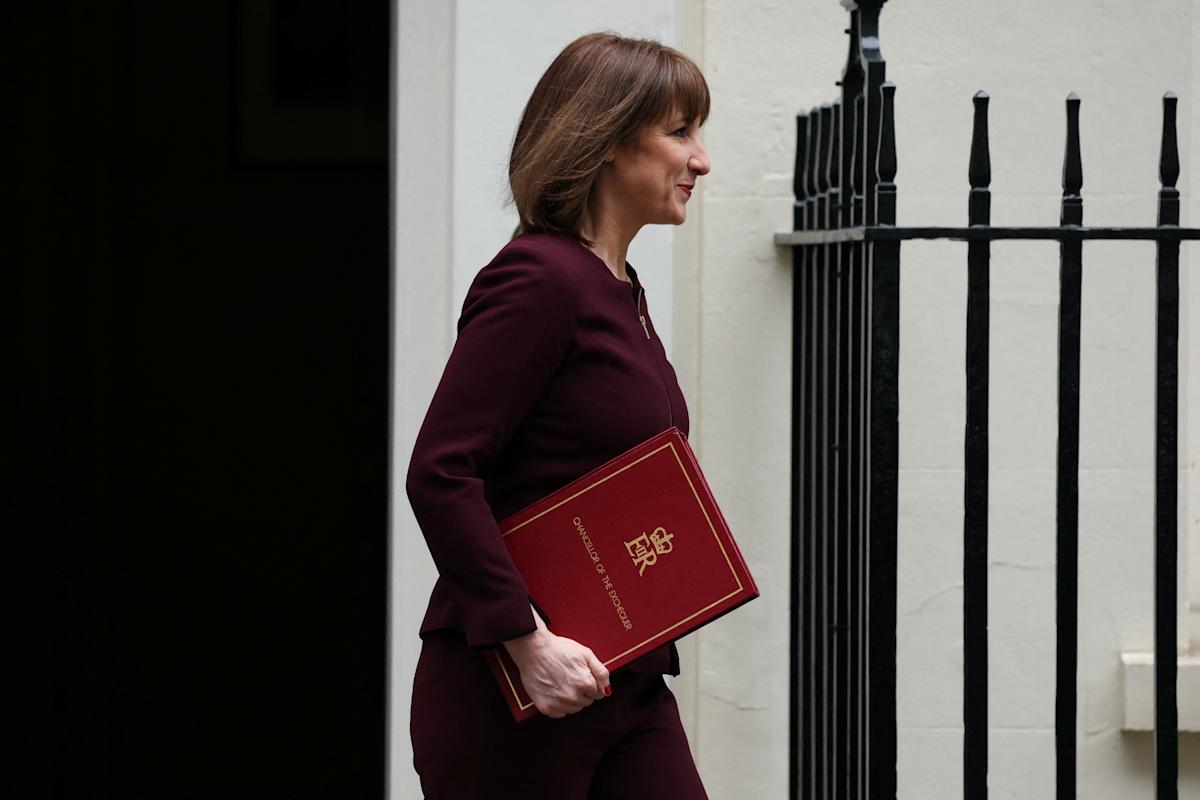Chancellor Rachel Reeves delivered the spring statement on Wednesday, giving an update on the UK economy.
In her announcement in the House of Commons, Reeves said that the government’s “task is to secure Britain’s future, in a world that is changing before our eyes. The threat facing our continent was transformed when Putin invaded Ukraine. It has since escalated further…and continues to evolve rapidly.
“At the same time, the global economy has become more uncertain bringing insecurity at home as trading patterns become more unstable and borrowing costs rise for many major economies.”
While Reeves’ statement did not include any tax increases, she did announce further welfare cuts. She also revealed that Office for Budget Responsibility (OBR) had downgraded its economic growth forecasts for the UK this year.
Read more: Key takeaways from Rachel Reeves’ spring statement
Here are the key takeaways in five charts.
The OBR halved its forecast for economic growth in UK in 2025, saying it now expected gross domestic product to grow by 1% this year. That’s down from a previous forecast, released in October, of 2% economic growth in 2025.
However, the spending watchdog upgraded its GDP forecast for the following four years. The OBR forecast that the economy would grow by 1.9% in 2026, from a previous estimate of 1.8%.
The OBR also said in its latest forecast that it expected inflation to average 3.2% over 2025, that’s an increase from previous estimate of 2.6%.
It then expected this would fall to 2.1% in 2026 and meet the central bank’s 2% target from 2027 onwards.
Reeves said that this would give “families and businesses the security that they need and providing our economy with the stable platform it needs to grow.”
Read more: Pensions spared in quiet spring statement
Ahead of the spring statement on Wednesday, the UK inflation rate unexpectedly fell to 2.8% in the year to February.
The OBR said that expectations for more interest rate cuts had risen since its October forecast. The OBR said it expected the Bank of England’s key bank rate to fall from its current level of 4.5% to 3.8% from mid-2026 onwards.
Reeves announced further welfare spending cuts in her statement on Wednesday. The OBR estimated that these cuts would save £4.8bn in the welfare budget.
An impact assessment published by the government on Wednesday said that the cuts would leave an estimated quarter of a million more people, including 50,000 children, in relative poverty after housing costs across Great Britain by the end of the decade.
Story continues
